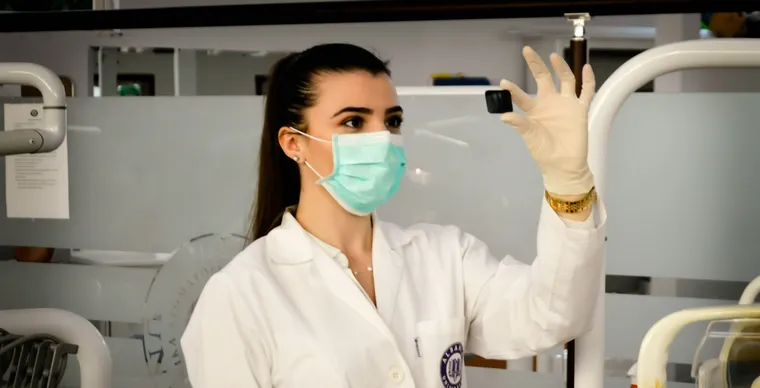The field of dentistry has evolved significantly over the years, integrating advanced technologies and innovative treatments to enhance patient care.
Preventive Care
Preventive care is the cornerstone of modern dentistry. Regular check-ups, typically recommended every six months, are essential for identifying potential issues before they escalate. During these visits, dentists perform thorough cleanings, remove plaque and tartar, and assess the health of teeth and gums. They also educate patients on proper oral hygiene practices, including brushing, flossing, and dietary choices that support dental health.

Restorative Treatments
When dental problems occur, restorative treatments are necessary to repair damage and restore function. Common restorative procedures include fillings, crowns, and root canals. Fillings are used to treat cavities caused by tooth decay, while crowns cover and protect damaged teeth. Root canal therapy is essential for saving severely infected teeth, removing the infected pulp, and sealing the tooth to prevent further infection.
Cosmetic Dentistry
Cosmetic dentistry focuses on improving the appearance of teeth and enhancing smiles. Teeth whitening, veneers, and bonding are popular cosmetic procedures. Teeth whitening removes stains and discoloration, offering a brighter smile. Veneers are thin shells placed over the front of teeth to correct imperfections such as chips, cracks, or gaps. Bonding involves applying a tooth-colored resin to repair minor defects and improve the overall appearance of teeth.
Orthodontics
Orthodontic treatments correct misaligned teeth and jaws, enhancing both aesthetics and function. Traditional braces and clear aligners, like Invisalign, are common orthodontic solutions. Braces use brackets and wires to gradually shift teeth into the desired position, while clear aligners offer a discreet, removable alternative. Orthodontic treatments not only improve the appearance of the smile but also contribute to better oral health by making teeth easier to clean and reducing the risk of decay and gum disease.
Advanced Technologies
The integration of advanced technologies has revolutionized dental care. Digital X-rays provide detailed images with less radiation exposure, aiding in accurate diagnosis. Intraoral cameras allow dentists to capture high-resolution images of the mouth, helping patients understand their dental conditions. Laser dentistry offers minimally invasive options for treating gum disease, removing decay, and performing biopsies. Additionally, CAD/CAM technology enables the creation of precise dental restorations, such as crowns and bridges, in a single visit.
Conclusion
Dentists are vital to maintaining oral health and overall well-being. Through preventive care, restorative treatments, cosmetic procedures, orthodontics, and the adoption of advanced technologies, they ensure that patients receive comprehensive, effective, and personalized care. Regular dental visits and adherence to recommended oral hygiene practices are key to a healthy, confident smile.
